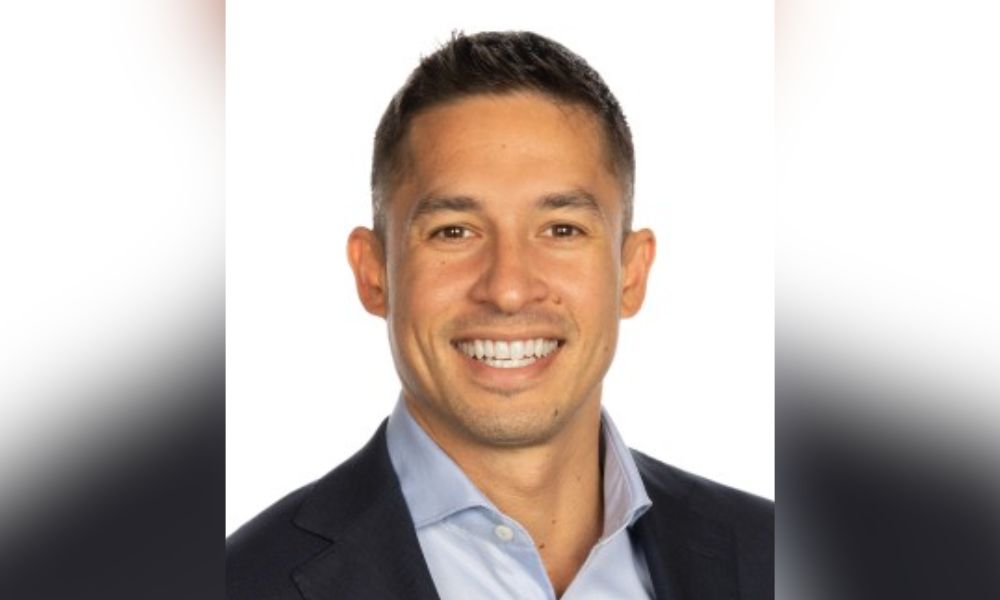Is the Insurance Council’s response to Cyclone Pool concerns “disappointing”?

Is the Insurance Council’s response to Cyclone Pool concerns “disappointing”? | Insurance Business Australia
Catastrophe & Flood
Is the Insurance Council’s response to Cyclone Pool concerns “disappointing”?
Northern Australia’s insurance woes continue
Catastrophe & Flood
By
Daniel Wood
On Wednesday, Insurance Business asked the Insurance Council of Australia (ICA) for its response to issues raised by consumer advocacy groups about the effectiveness of the Cyclone Reinsurance Pool (Pool). The focus of these concerns was the ongoing lack of affordable property insurance in Northern Australia.
In a response sent to IB, the ICA suggested that the advocacy groups’ focus on cyclone risks as the cause of Northern Australia’s insurance affordability issues failed to account for other risk concerns and factors impacting “insurer reluctance” and premiums.
IB asked one of the advocacy groups for its view of the ICA’s response.
****Please put picture of Tyrone Shandiman here*****
A joint media release from the groups blamed ongoing insurer reluctance to provide quotes for new policies as “exacerbating” the strata market’s serious market shortfall in Northern Australia.
“This situation calls for immediate action and transparency from insurers to fulfill their obligations and provide the necessary coverage for the consumers in Northern Australia,” said the release.
The ICA responds
IB asked the ICA for a response to these concerns.
“The Cyclone Reinsurance Pool was designed to address pricing concerns in northern Australia not to reduce risk in the region,” said an ICA spokesperson. “Focusing on risk reduction is one way to attract more capital to a market, potentially resulting in reduced pressure on premiums.”
The request from the advocacy groups said, despite the pool, “major strata insurers such as Chubb, SUU (CGU), SCI (Allianz), and Longitude (Chubb) have continued to withhold quotes for new policies in the Northern region.”
The consumer groups’ release suggested this pool of insurers was too small and the result is “a notable shortage of insurance coverage,” particularly for properties worth more than $5 million.
In the release, Shandiman said that while there have been some “significant premium reductions” for renewals on strata buildings, the insurance situation for new insurance coverages is very different. He said insurers are “reluctant” to provide quotes for new policies.
This “reluctance,” said the release, “raises serious concerns about the insurers’ commitment to acting in good faith with the Pool and addressing the market challenges faced by consumers.”
Shandiman said the pool has “changed the landscape of reinsurance limitations” and that he and his fellow advocates are “eager to understand why insurers are still hesitant to offer insurance in this new environment.”
The cyclone risk “portion”
The ICA spokesperson said cyclone risk is “only one portion of the risk faced in northern Australia.”
“Other risks, including flood, inflation in building supply costs, poor building standards, and poor maintenance regimes, still exist and are being priced accordingly,” said the spokesperson. “Larger insurers in northern Queensland have entered the pool, but underwriting appetites may not have materially shifted due to a number of factors including those outlined.”
The spokesperson also cautioned the consumer advocates from comparing risks between different states.
“It is not possible to compare prices between northern and southern Australia because they are
fundamentally different risks which are priced differently,” said the spokesperson.
The spokesperson said the ICA had met with ACIL and other consumer groups concerning insurance issues in northern Australia “several times.”
“We will continue to engage on these issues as we work to ensure good outcomes for consumers across Australia.”
What does ACIL say to that response?
IB was able to bring the issue full circle and get ACIL’s latest comments.
“The claim from insurers that risk factors, which are not included in the pool for these areas, are challenging to address, is disappointing,” said Shandiman.
The ACIL chair reiterated the savings of up to 50% they have noted on some premiums. However, generally speaking, he said premiums are “three times more than those in regions like SEQ, despite these savings.”
“This reflects insurers’ strategy to incorporate the higher risk they perceive, illustrating their role in the risk pricing game,” said Shandiman. “The resistance from insurers against the creation of this pool was clearly evident from the onset and it’s crucial that any future reviews focus on assessing whether insurers have actively contributed to or obstructed the pool’s effectiveness.”
He said it’s “imperative” that insurers commit to making insurance accessible and affordable “for all, particularly in regions prone to natural disasters.”
Show me the data
Shandiman called on stakeholders and policymakers to ensure the pool serves its purpose.
“The government has actuarial data from a previous ACCC inquiry and should not accept insurers’ reasons for not offering insurance at face value,” he said. “It is imperative that insurers are accountable for fulfilling their duty to provide the essential service of insurance to consumers.”
He called for a collaborative approach and urged insurers to enter the market.
Are you an insurance industry stakeholder? What do you think of the insurance situation in Northern Australia and the role of the Cyclone Reinsurance Pool? Please tell us below
Related Stories
Keep up with the latest news and events
Join our mailing list, it’s free!






